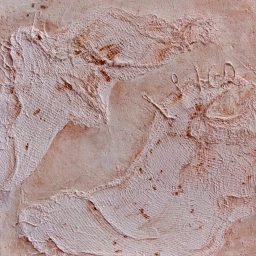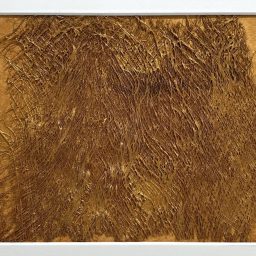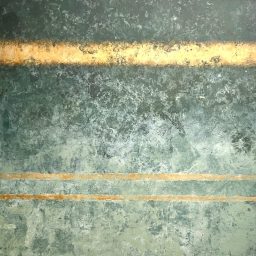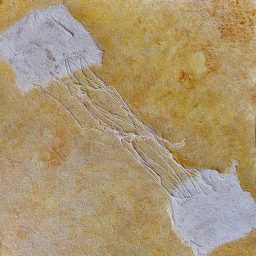My creativity is fed by my surroundings and the uncertainty they project, observing reality and wondering what lies beneath the surface.
Data and contact details
My doubt is my confidence and in my work I constantly search for balance between planned expression and instinctive. My focus is to transform the investigation into basic language, and express the essentiality. I let the randomness takes its space.
Artalk

Virtual Tour
Events at Rome Art Week
24 Oct 2025 | 12:00-18:30
Display of recent worksFree access
Organizer Roberta Petrangeli
Open Studio
Studio Roberta Petrangeli
Via della Stelletta 32
2024
25 Oct 2024 | 12:00-19:00
Exhibition of the most recent Fiber Art productionFree access
Organizer Roberta Petrangeli
Open Studio
Studio Roberta Petrangeli
Via della Stelletta 32
2023
Open Studio
Studio Roberta Petrangeli
Via della Stelletta 32
2022
Open Studio
Studio Roberta Petrangeli
Via della Stelletta 32
2021
25-30 Oct 2021
a cura di Flavia RovettaEvent on Reservation
Vernissage Monday 25 Oct 2021 | 17:00
Organizer Flavia Rovetta
Exposition
Emisfero Arte Studio
Via della Stelletta, 32
2020
Open Studio
Studio Roberta Petrangeli
Via della Stelletta 32
2019
Open Studio
Studio Roberta Petrangeli
Via della Stelletta 32
2018
Open Studio
Emisfero Arte Studio
Via della Stelletta 32
2017
Open Studio
Emisfero Arte Studio di Roberta Petrangeli
Via della Stelletta, 32














